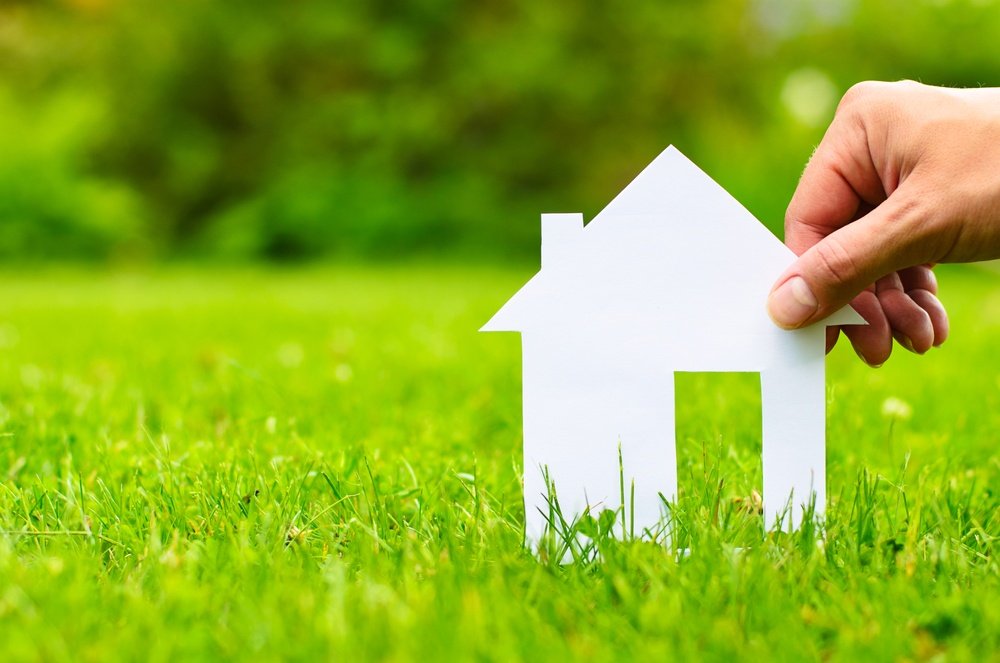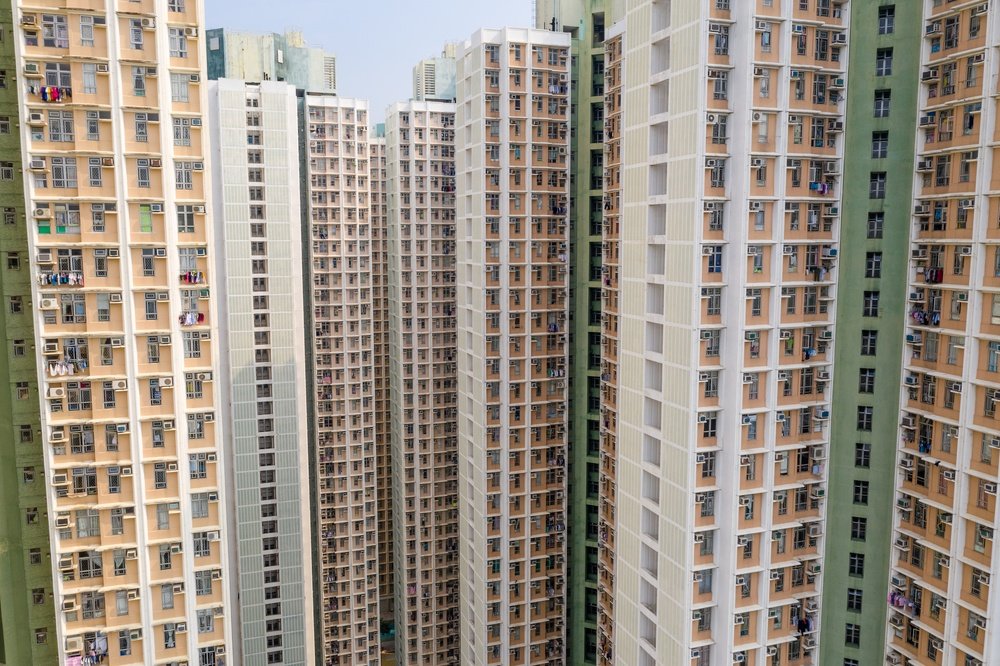Business
Can investment in green construction be a solution to the housing crisis
The housing supply in the U.S. is limited, increasing competition and prices for aspiring homeowners. Advancements in green construction are making efficiently-built and sustainable homes more lucrative, however. The green housing industry offers potential solutions to the problems of low inventory and rising costs.

Rising prices on a smaller inventory have made homeownership all but inaccessible for many young Americans, and finding a solution to the crisis is no simple task. There are too many variables investors have to account for, overcomplicating an already complex subject. And the lack of progress isn’t helping.
How long can the U.S. populace sustain their optimism before they grow disenchanted with the housing market? As a greater number of people choose to lease instead of buy—putting off the decision to make a down payment—this nationwide shift toward a rental lifestyle is only going to exacerbate the issue.
Fortunately, green construction shows enormous potential for the future of the housing market. The use of sustainable materials and environmentally friendly building practices hold promise for individuals both inside and outside the real estate industry, benefiting investors and homebuyers alike.
In this article, we’ll take a comprehensive look into the subject of green construction, how firms implement it and exciting innovations set to change the sector. Though the housing crisis presents an enormous challenge, green construction may provide a long-overdue resolution.
1. The problem of low inventory
While homebuyers with the means are often eager to search for properties in their area, many find there are fewer than they expected. It’s a substantial problem in some communities where the number of available properties is small, with the demand for homes eclipsing supply by a significant margin.
The industry can’t afford to ignore this discrepancy. The National Multifamily Housing Council and National Apartment Association determined the country needs 4.6 million new units by 2030 to keep pace with new homebuyers, leaving many policymakers at a loss for how to proceed.
But new software has alleviated the pressure. Innovations in building information modeling programs have streamlined the process, making construction a far less wasteful and time-consuming task. By visualizing the buildings before work begins, firms can optimize scheduling and maximize efficiency.
The assembly of prefabricated parts as a replacement for conventional materials is another way in which green construction can help with scarcity. Prefabricated homes require less time to build than traditional sites, benefiting the schedule and bottom line of construction firms. It also reduces waste.
2. The problem of affordability
Though a lack of inventory is a significant contributor to the severity of the housing crisis, affordability also has an enormous influence on homeownership. Even if a homebuyer finds an attractive property in their area that meets all their expectations, if it’s outside of their budget, they’re unlikely to buy.

The U.S. needs 4.6 million new units by 2030. (Photo by DepositPhotos)
But with recent advances in green construction, LEED-certified properties are an attractive investment that promise high returns—for both the environment and the buyer. The implementation of concrete blocks in the construction process produces less waste, for example, diverting 15 million metric tons of industrial waste from landfills each year. Plus, sustainable building materials can improve resale value and cut down on building costs.
Though the initial expense of green construction is sometimes pricier, these buildings pay off over an extended period of ownership. Many consider sustainability a long-term investment that saves them money on reduced expenditure, which makes the decision to move forward and purchase a property far more reasonable for the hesitant.
At the moment, green construction needs further development before it will become a cost-effective replacement for traditional practices. But through government incentives and the initiatives of progressive communities, advances in technology will positively impact the affordability of properties.
3. The future of green construction
As homebuyers attach more value to LEED certification, competition in the industry will likely shape it for the better. New companies are poised to enter the market with innovative contributions, making green construction a cost-efficient and accessible alternative to conventional building practices.
With the American public trending toward an eco-friendly attitude in many different areas of their lives, real estate investors should expect a push toward green construction practices. And in consideration of the benefits, sustainability will likely see greater adoption in both residential and commercial sectors.
Big data and analytics promise to revolutionize the way real estate investors approach green construction, allowing for more transparency. This new information will reduce risk and attract new investors, confident they can capitalize, and the technology itself will allow for a more informed understanding of the marketplace.
There are other important considerations, like finite resources, and how construction firms will have to adjust to account for nonrenewable materials. Green construction will likely prove mandatory at a certain point if they intend to operate profitably while avoiding excessive expenses.
4. What will save the housing market?
It’s a confounding question that has no easy answer. But the adoption of green construction and the adaptation of the real estate industry will significantly contribute to the housing market’s recovery. As long as the U.S. continues to move toward sustainable construction practices, it’s heading in the right direction.
(Featured image by DepositPhotos)
—
DISCLAIMER: This article expresses my own ideas and opinions. Any information I have shared are from sources that I believe to be reliable and accurate. I did not receive any financial compensation for writing this post, nor do I own any shares in any company I’ve mentioned. I encourage any reader to do their own diligent research first before making any investment decisions.

-

 Crypto1 week ago
Crypto1 week agoRipple Expands in Singapore as XRP Slips and RLUSD Takes Center Stage
-

 Markets4 days ago
Markets4 days agoPrecious Metals Surge While Major Indexes Hold Strong Amid Holiday Lull
-

 Markets2 weeks ago
Markets2 weeks agoFed Divisions Signal a Potential Economic Turning Point
-

 Biotech2 days ago
Biotech2 days agoEFPIA Calls for Clearer AI Governance to Safely Transform Drug Development

























You must be logged in to post a comment Login